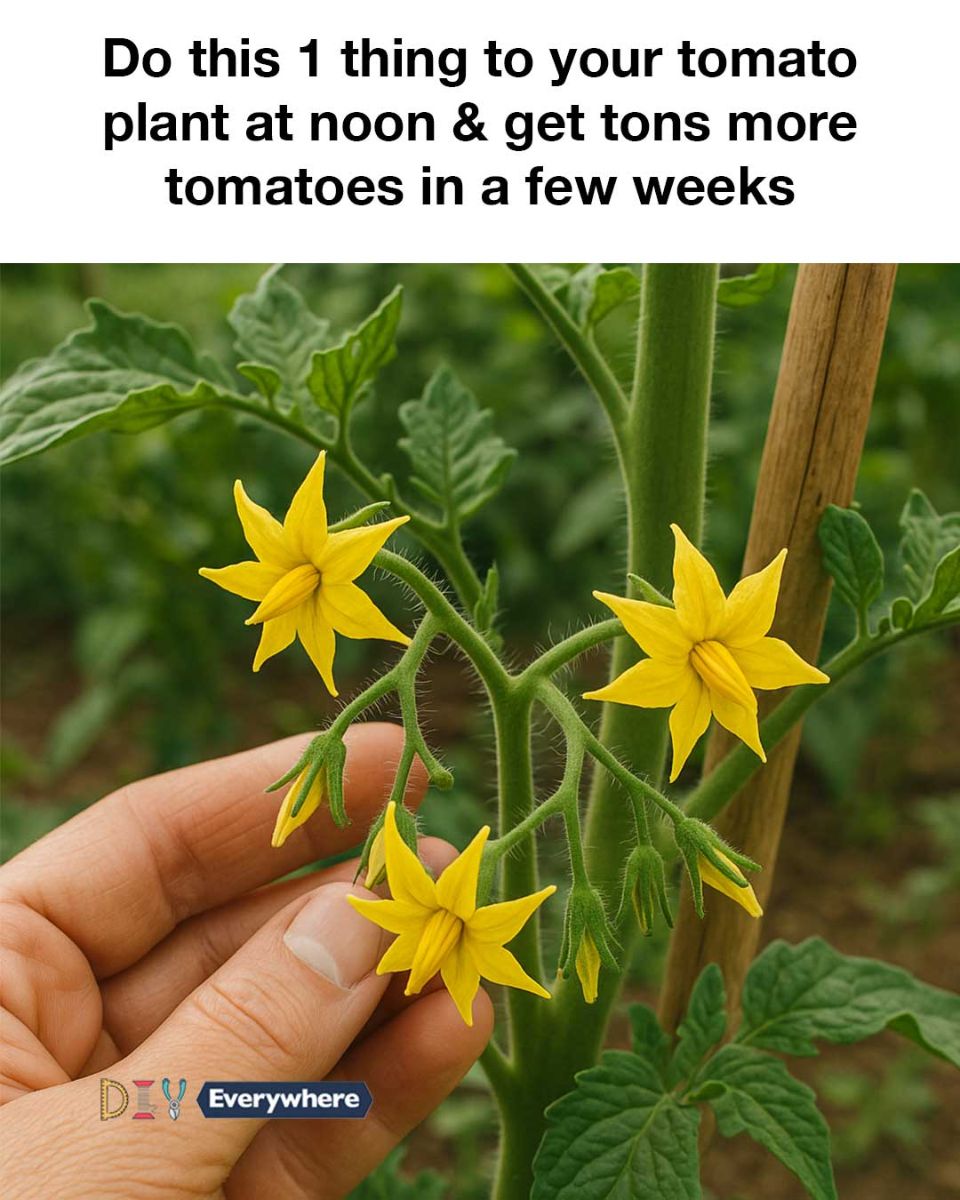Tomatoes thrive in full sunlight, requiring at least 6-8 hours of direct sunlight per day. Ensuring your plants receive adequate sunlight is crucial for photosynthesis and fruit development.
Position your tomato plants in a location where they receive maximum sunlight exposure. If growing indoors or in a greenhouse, consider using supplemental grow lights to provide the necessary light intensity for optimal growth.
9. Watering Techniques to Maximize Fruit Production
Consistent watering is key to maximizing tomato fruit production. Tomatoes require regular watering to maintain soil moisture, but it’s important to avoid overwatering, which can lead to root rot.
Water your tomato plants deeply once or twice a week, allowing the soil to dry out slightly between waterings. This encourages deep root growth and helps the plant withstand periods of drought. Consider using a drip irrigation system to deliver water directly to the roots, minimizing evaporation and ensuring efficient water use.
10. Nutrient-Rich Soil: The Foundation for Abundant Tomatoes
A nutrient-rich soil foundation is essential for abundant tomato production. Tomatoes are heavy feeders, requiring a balanced supply of nutrients to support their growth and fruiting.
Before planting, amend your soil with organic matter such as compost or well-rotted manure to improve its fertility and structure. During the growing season, apply a balanced fertilizer every 4-6 weeks to provide essential nutrients like nitrogen, phosphorus, and potassium. Regular soil testing can help you tailor your fertilization strategy to meet the specific needs of your plants.
11. Common Mistakes to Avoid When Buzzing
One common mistake when buzzing is applying too much pressure or using a tool with excessive vibration, which can damage the delicate flowers. Always use a gentle touch and ensure your tool is set to a low vibration setting.
Another mistake is neglecting to buzz regularly. Consistency is key to maximizing the benefits of this technique. Aim to buzz your tomato plants every few days during the peak flowering period to ensure continuous pollination and fruit set.

